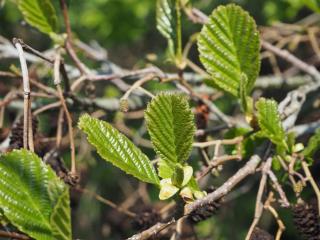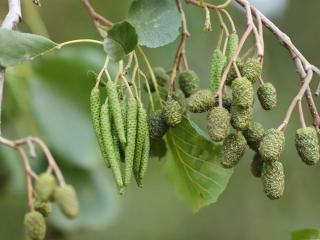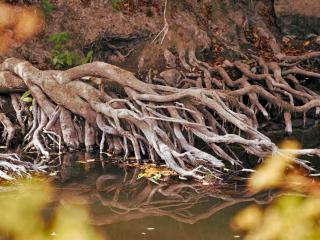

The alder is a lovely tree, well-known for thriving in wet areas like riverbanks and swamps.
Key alder facts:
Name: Alnus
Family: Betulaceae
Type: tree
Height: 30 to 60 feet (10 to 18 meters)
Exposure: south, sunny
Soil: regular – Foliage: deciduous – Feature: hardy
A very easy tree to care for, alder asks for little attention once settled in.

Planting alder is a smart choice for poor soils, as it adjusts perfectly.

Alnus glutinosa, or common alder, boasts a better hardiness and shows vibrant, fresh green colors in early spring.
White alder, or Alnus incana, adapts brilliantly to poor soils and mountainous regions due to its impressive resilience.

Alder, soaring up to 65+ feet high (20 meters), offers red-colored wood. This wood is a favorite for pier piles thanks to its resistance to decay. Venice used it for pilings. Alder, as a live tree, also serves to strengthen riverbanks and protect them from erosion.
If pollen is something that often makes you sneeze, watch out! Alder can be a problematic allergen for some persons.